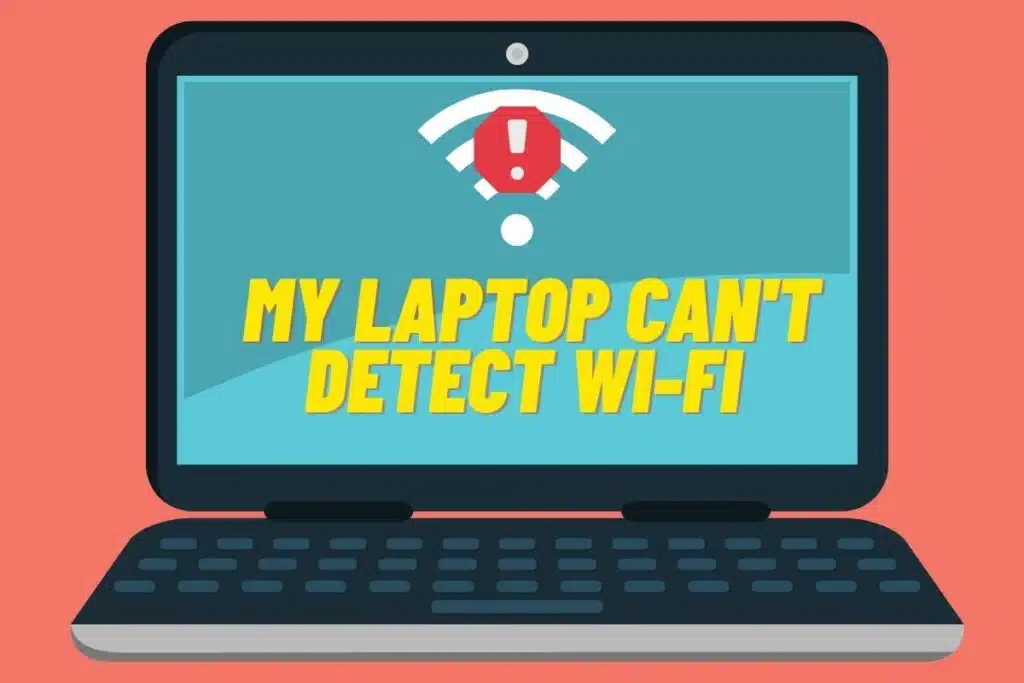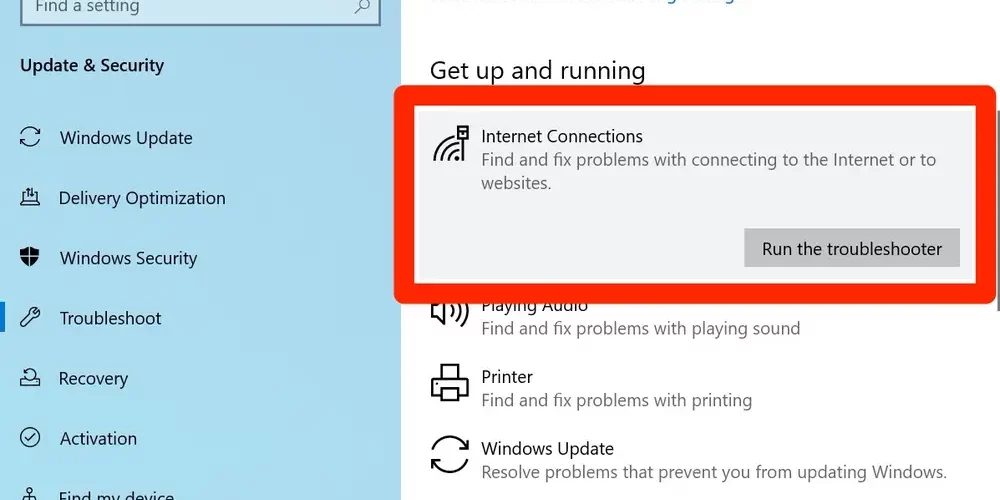Table of Contents
My Laptop Won’t Connect To WiFi But Other Devices Will?
My Laptop Won’t Connect To WiFi But Other Devices Will? If your laptop won’t connect to WiFi but other devices will, it’s likely due to some sort of networking problem. Fortunately, there are a few simple things you can try to fix the problem.
First, make sure Wi-Fi is enabled. You can do this by clicking the network icon on the taskbar and making sure Airplane Mode is not active.
1. Restart Your Modem/Router:
Sometimes resetting your modem and router can solve the problem. Simply unplug the power cables from both devices, wait for 30 seconds or more, then plug them back in and turn them on. Then, try reconnecting to Wi-Fi on your laptop.
You can also try reinstalling your network driver if you haven’t done so already. You can do this by going to the Device Manager on your laptop, then clicking on Network Adapters and finding your wireless connection there. Right-click it and select “Update Driver Software”.
Once you’ve reinstalled your network drivers, restart your laptop and see if the problem has been resolved. If not, continue with the other steps in this article to find out what else might be causing it. There are a lot of reasons why your laptop won’t connect to WiFi but most of them can be fixed with these tips. So, give them a go and let us know how you get on in the comments below! Thanks for reading! – Arpad Balogh – The founder of Simply Laptop. He loves writing about laptops and aims to help people find the best one for their needs.
2. Check Your Network Settings:
If your laptop won’t connect to WiFi but other devices will, there could be a problem with the network settings. To check this, open the system settings and click on “Network & Internet” and then “Wi-Fi”. Select your wireless connection and then open the properties window. Uncheck the option to use Internet Protocol Version 6 (TCP/IPv6), then click on “OK”.
Another common cause of this issue is an outdated network driver. To fix this, you can try downloading and installing a new driver for your Laptop. You can also use a driver update tool like Outdated Driver Detector to automatically find and install the latest drivers for your computer.
If you still can’t connect to WiFi, you may need to reset the network adapter. To do this, press Win + I to open the settings menu, then click on “Network & Internet” to open the Wi-Fi options. Select your wireless connection and then click on the “Forget” button. This will remove any saved network credentials from your laptop and reset the connection. You can then try connecting to the network again.
3. Check Your Network Adapter:
If you are unable to connect to WiFi, the problem may lie with your network adapter. This can be caused by several different factors, including corrupt or outdated drivers. In some cases, this can be fixed by rolling back your driver to a previous version.
To do this, open the Device Manager, then expand the Network Adapters section. Right-click on your wireless network adapter and select Update Driver Software. Once the driver is updated, restart your laptop and see if it can connect to WiFi.

You can also try running some basic troubleshooting commands on your laptop to see if that fixes the problem. This can include things like resetting your TCP/IP stack, flushing and resetting your DNS cache, and releasing and renewing your IP address. If you are still unable to connect, you may need to replace the network adapter on your laptop. To do this, you can find the model number of your laptop, and then search online for the latest drivers for that network adapter. You can also try using a driver update tool, like Driver Easy, to automatically find the best-matched driver for your network adapter.
4. Reinstall The Drivers:
You can try to troubleshoot your laptop’s WiFi problem by running network commands, tweaking router settings, or reinstalling the drivers. But if none of these methods work, it might be time to replace your wireless adapter.
To reinstall your laptop’s Wi-Fi driver, you can uninstall the current one and download and install the latest version from the manufacturer’s website. To do this, first open the Device Manager and expand the Network Adapters section. Right-click on your wireless adapter and select “Uninstall device.” A pop-up will appear asking you to confirm. Click “OK.” After the drivers are uninstalled, restart your computer and reconnect to your WiFi network.
You can also use a driver update program to automatically scan and download the latest drivers for your laptop. This will save you time and effort and help ensure that your laptop is always connected to the internet. To learn more, read How to Download and Install Drivers on Your Laptop. You can also visit our guide on How to Fix a Slow or Erratic Wireless Connection. If you have any questions, feel free to leave a comment below.
5. Restart Your Laptop:
Sometimes the problem isn’t a router, the thickness of walls, or your Internet Service Provider, it’s your gadget itself. Restarting your laptop can often get it back online.
Start by unplugging your laptop, wait a few minutes, and then plug it back in. This will usually reset any wireless settings and give you a clean slate to work with.
You can also try restarting your laptop in safe mode, which will disable all the third-party software and programs that may be preventing your computer from connecting to WiFi. Once you’ve done that, you can try the other methods above to get it back online.
If you still can’t connect to WiFi, try reinstalling your drivers. You can do this by clicking the start button, searching for Control Panel, or using Cortana to open Device Manager. Once in Device Manager, expand Network Adapters, right-click on your Wi-Fi driver, and then click Uninstall. Reinstall the latest drivers for your laptop, and then reboot it. See if this solves the problem. If it doesn’t, there may be a more serious issue that needs to be addressed.





Add comment